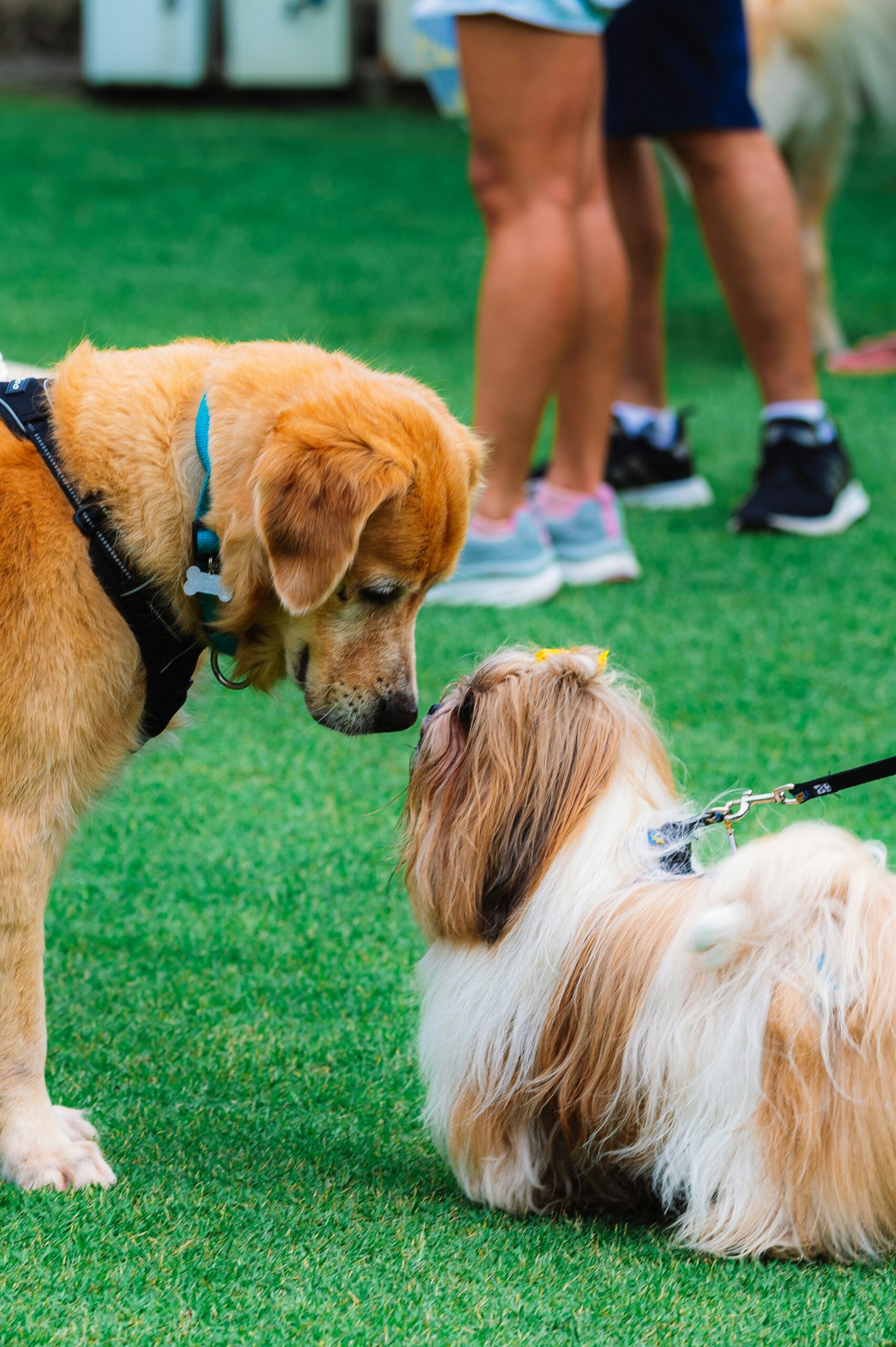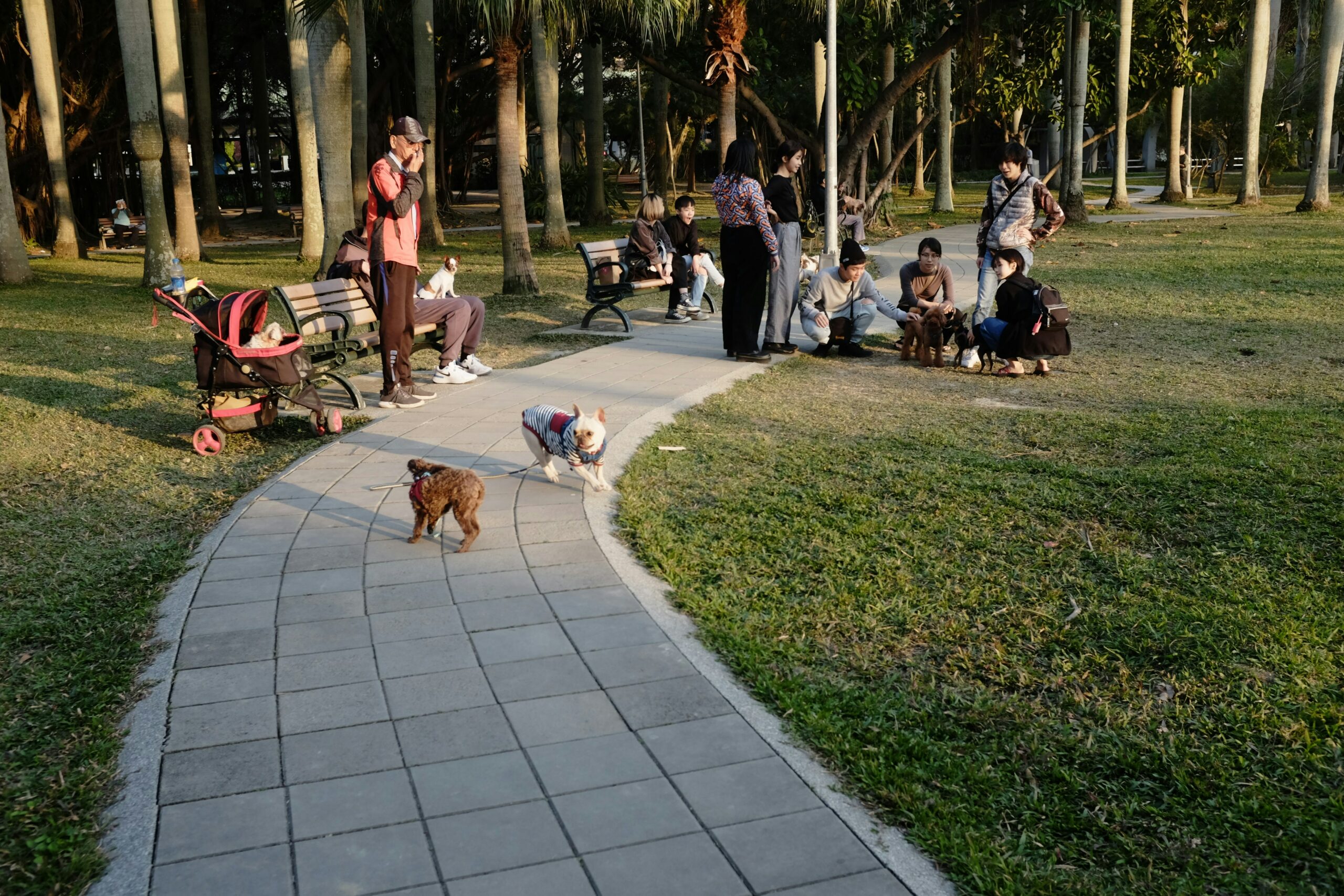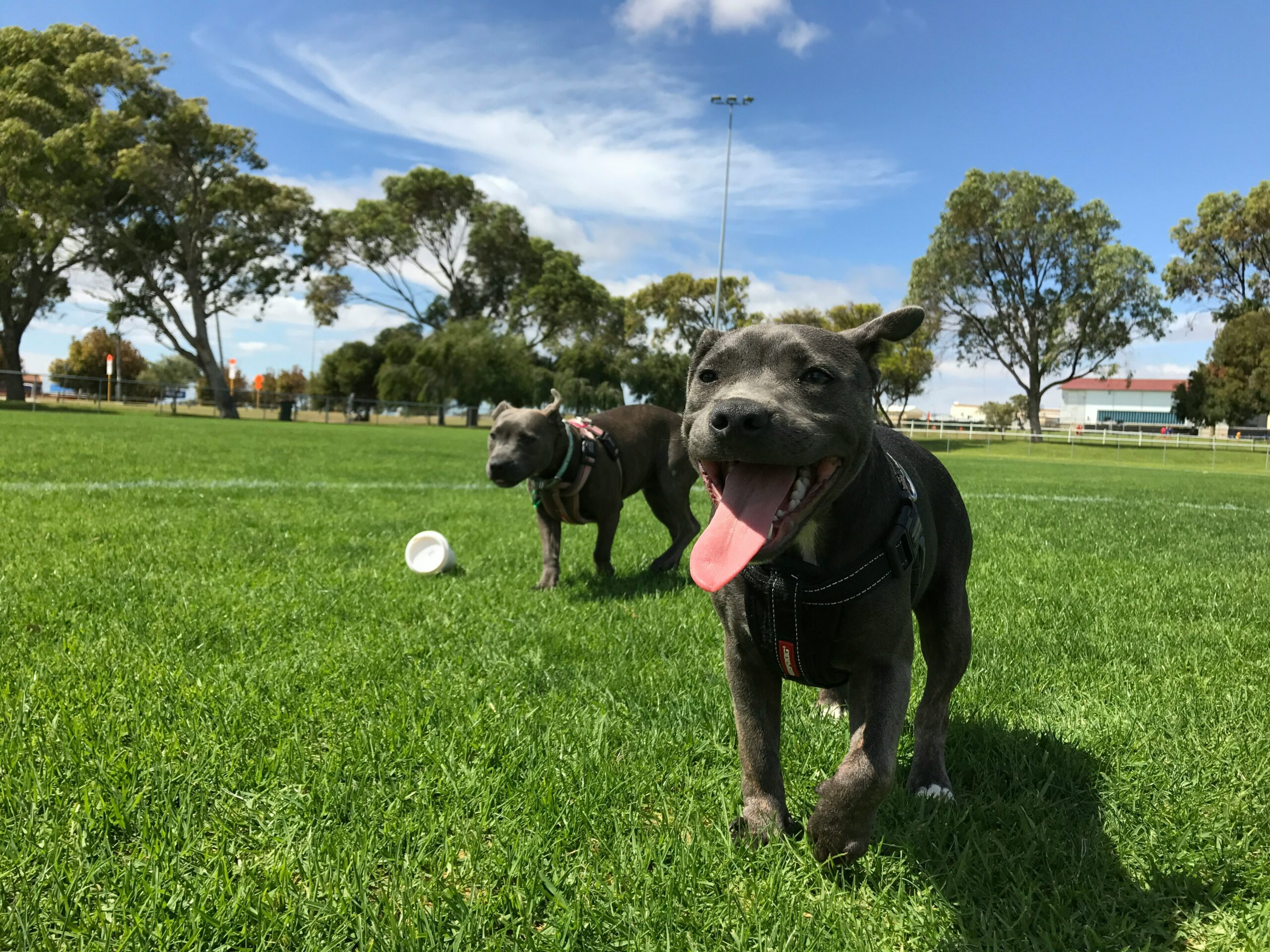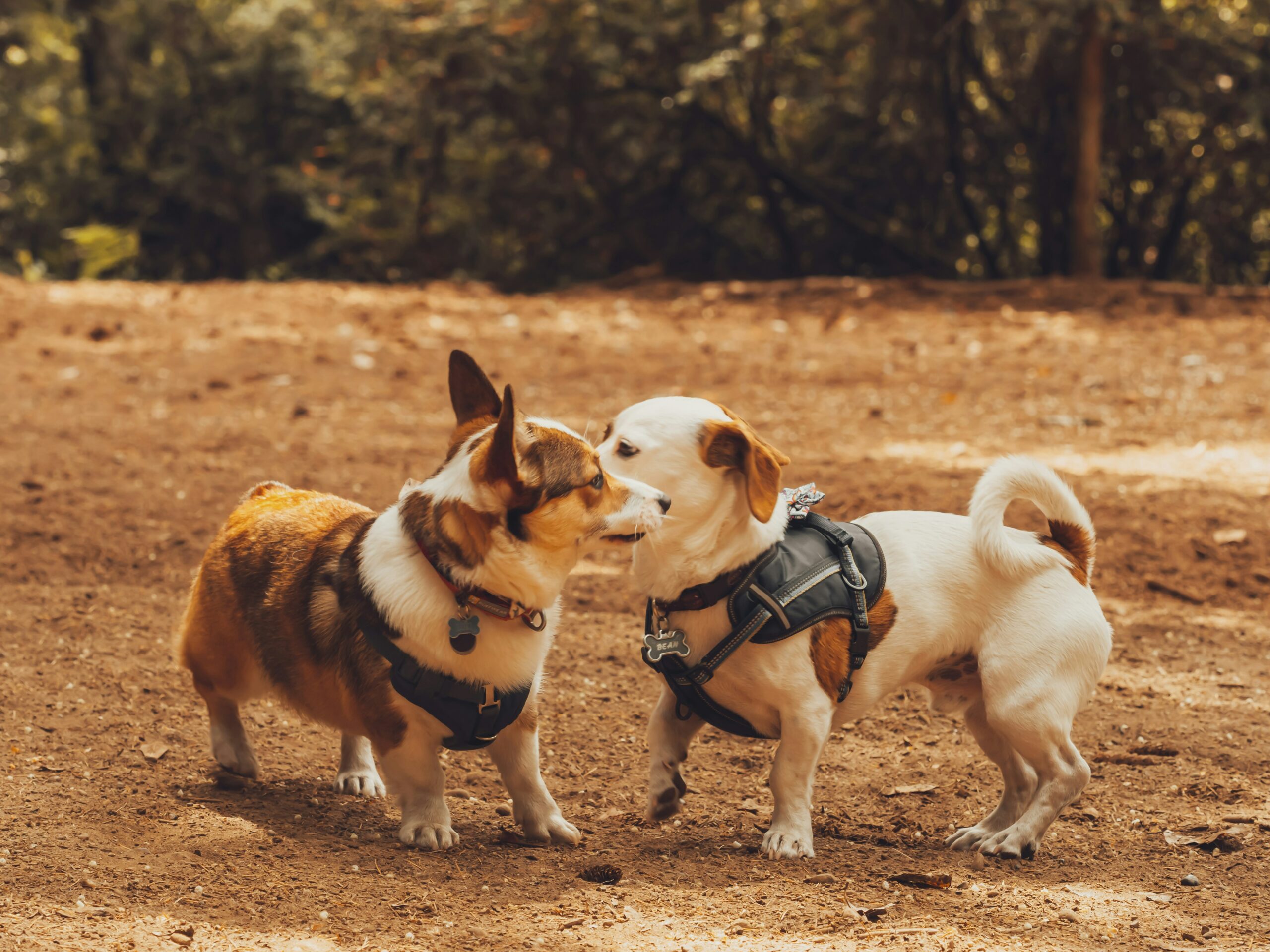Keeping Fido Safe: A Guide to Dog Park Security
This article discusses the common hazards in dog parks and provides prevention strategies and safety tips to ensure the safety of dogs and promote a secure environment for all park visitors.
Introduction to Dog Park Safety
Dog parks are essential spaces for canine socialization and physical activity, offering numerous benefits for dogs and their owners. While these parks are great for fostering a sense of community among pets, they also come with potential safety hazards that necessitate careful attention and preventive measures from responsible dog owners.
One common safety concern in dog parks is the risk of overheating, especially during hot weather conditions. For instance, in the peak of summer, dogs can easily succumb to heat-related illnesses if not provided with adequate shade and water. To prevent overheating risks, dog owners should consider scheduling visits during cooler times of the day, such as early mornings or evenings, to ensure the comfort and safety of their furry companions. Additionally, being aware of the signs of heat exhaustion in dogs, such as excessive panting or drooling, can help owners intervene promptly and prevent serious health issues.
Common Safety Hazards in Dog Parks
One prevalent safety concern in dog parks is the risk of overheating, particularly during hot weather conditions. To prevent heat-related illnesses, it is advisable for dog owners to schedule park visits during cooler times of the day, such as early mornings or evenings. Heatstroke can affect dogs quickly, especially brachycephalic breeds like French Bulldogs, Cavalier King Charles Spaniels, and Greyhounds. These breeds have a harder time regulating their body temperature due to their flat faces, making them more susceptible to heat-related issues.
Moreover, conflicts with other dogs and wildlife can escalate into aggressive behavior, posing a risk to both pets and owners in dog parks. Understanding canine body language is crucial to identifying signs of potential aggression, allowing owners to intervene promptly and prevent altercations. For example, a dog displaying tense body posture, raised hair along the back, and a fixed stare may be exhibiting aggressive tendencies, signaling the need to remove the dog from the situation to avoid conflict and injuries. In severe cases, untreated aggression can lead to fights, causing harm to the involved animals and potentially bystanders.
Prevention Strategies for Dog Park Safety
Ensuring control in potentially chaotic situations, such as encounters with other dogs, is vital, and teaching basic commands to dogs can help achieve this goal. For instance, commands like “sit,” “stay,” and “leave it” can be crucial in redirecting a dog’s attention and preventing aggressive behaviors. By establishing clear communication through basic commands, owners can mitigate the risk of conflicts and promote a harmonious environment in the park.
Moreover, avoiding bringing toys to the park can minimize conflicts among dogs related to resource guarding. Dogs can exhibit possessive behavior over toys, leading to disputes and potentially escalating into aggression. Therefore, leaving toys at home and focusing on interactions that encourage positive socialization can contribute to a safer and more enjoyable experience for all dogs at the park.
Regularly administering preventive medications, like flea and tick preventives, is essential to safeguard dogs against parasites such as roundworm, whipworm, Giardia, and hookworm, which can affect a significant number of dogs in dog parks. For example, conducting routine checks for ticks and administering preventative treatments can significantly reduce the risk of parasitic infections, ensuring the well-being of pets during park visits. By staying proactive in parasite prevention, owners can create a healthier environment for their dogs and prevent the spread of diseases within the park community.
Dog Park Safety Tips and Guidelines
When it comes to ensuring safety in dog parks, pet owners must prioritize obeying all park rules, which often include size restrictions and vaccination requirements. By adhering to these regulations, owners can contribute to maintaining a secure and inclusive environment for all dogs. For instance, if a park specifies a rule about keeping aggressive dogs out or requiring up-to-date vaccinations, following these guidelines can significantly reduce the risk of altercations and disease transmission among pets.
Moreover, active supervision during playtime is crucial in preventing potential injuries and conflicts among dogs. By staying vigilant and intervening when necessary, owners can effectively manage rough play and ensure that all interactions remain safe and enjoyable for the animals. For example, if two dogs start displaying signs of escalating play that may lead to aggression, owners can quickly step in to redirect their attention and prevent any negative outcomes.
Additionally, considering a pre-park vet check-up is a proactive measure that can help assess a dog’s health status and vaccination records before engaging in park activities. This precautionary step not only ensures that the pet is physically prepared for the park environment but also minimizes the risk of spreading diseases among other dogs. For instance, if a dog is found to have an infectious condition during the pre-park check-up, owners can take the necessary steps to prevent the spread of the disease and protect the well-being of other park visitors.
Importance of Regular Vet Check-ups for Dog Park Safety
Regular post-park vet visits are not only beneficial for the overall well-being of dogs but also essential in identifying any injuries or illnesses that may have occurred during park activities, enabling early detection and treatment. For instance, a dog that appears physically fine after a park visit could still have underlying issues like muscle strains or minor cuts that may require veterinary attention. These check-ups act as preventive measures to address any health concerns promptly, ensuring the continued safety and health of the pets involved.
Furthermore, selecting a dog park that offers separate areas for different breeds and amenities can significantly contribute to enhancing safety measures and reducing potential conflicts among dogs. For example, having designated spaces for small and large dogs can prevent accidental injuries that may occur during playtime. Additionally, amenities such as shaded areas, water stations, and waste disposal units can create a more comfortable and secure environment for both pets and their owners, promoting responsible and enjoyable park visits. By carefully choosing parks with these features, dog owners can actively contribute to maintaining a safe and inclusive space for all park visitors, reducing the likelihood of incidents and ensuring a positive experience for everyone involved.
Conclusion on Ensuring Safety in Dog Parks
In conclusion, it is crucial for dog owners to be proactive in implementing preventive strategies to ensure the safety of their pets in dog parks. By understanding common hazards such as overheating risks, infectious diseases, and aggressive behavior, owners can take appropriate measures to protect their furry companions. For instance, recognizing signs of overheating like excessive panting or lethargy and providing ample water and shade can prevent heat-related illnesses and ensure a comfortable experience for dogs at the park.
Moreover, responsible pet ownership goes hand in hand with maintaining a safe environment in dog parks. This involves following park rules diligently, teaching pets essential commands for control, and enrolling in pet insurance to address any unforeseen incidents. For example, obeying park rules on leash requirements and picking up after pets not only promotes cleanliness but also prevents conflicts and potential injuries among dogs. Additionally, being aware of the risks associated with parasites, diseases, and aggressive behavior allows owners to intervene promptly and mitigate any potential dangers, contributing to an overall secure setting for all park visitors.




